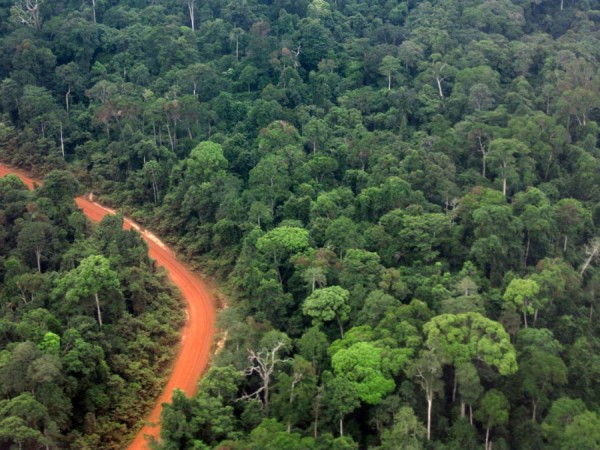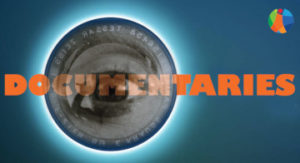Carbon offsetting initiatives could be improved with new insights into the make-up of tropical forests, a study suggests.
Scientists studying the Amazon Basin have revealed unprecedented detail of the size, age and species of trees across the region by comparing satellite maps with hundreds of field plots.
The findings will enable researchers to assess more accurately the amount of carbon each tree can store. This is a key factor in carbon offset schemes, in which trees are given a cash value according to their carbon content, and credits can be traded in exchange for preserving trees.
From, University of Edinburgh
Existing satellite maps of the area have estimated trees’ carbon content based largely on their height, but have not accounted for large regional variations in their shape and density.
Researchers from the Universities of Edinburgh and Leeds, who led the research, say their findings could help quantify the amount of carbon available to trade in areas of forest. This could help administer carbon offsetting more accurately, and improve understanding of how much carbon is stored in the world’s forests, which informs climate change forecasts.
Scientists studied a database of thousands of tree species, taken from more than 400 hectare-sized plots across the nine countries of the Amazon Basin – Brazil, Bolivia, Colombia, Ecuador, French Guiana, Guyana, Peru, Suriname and Venezuela. The survey was developed as part of a sister project, known as RAINFOR, involving more than 200 researchers across the region.
Their research found that forests in the basin’s north-east on average stored twice as much carbon as those in the south-west, as a result of soil, climate and species variation. The north-east has slow-growing, dense-wooded species, while the south-west is dominated by light-wooded trees with faster turnover. Scientists say this highlights the need to recognise that carbon is not distributed uniformly in the forest.
The study, funded by the Natural Environment Research Council, was published in Global Ecology and Biogeography.
Dr Ed Mitchard, of the University of Edinburgh’s School of GeoSciences, said: “Satellite maps of the world’s forests don’t contain enough information about their carbon content. Developing our understanding of this aspect of forests, in the Amazon and elsewhere, could be hugely important for our climate.”
Professor Oliver Phillips from the University of Leeds’ School of Geography, who co-led the study, said: “Satellites can’t see species, but species really matter for carbon. This is the big challenge for the next generation of satellite and field scientists. New satellites will be launched soon that will be more sensitive to forest structure and biomass, but we must ensure we have sufficient ecological ground data to correctly interpret and use them.”






